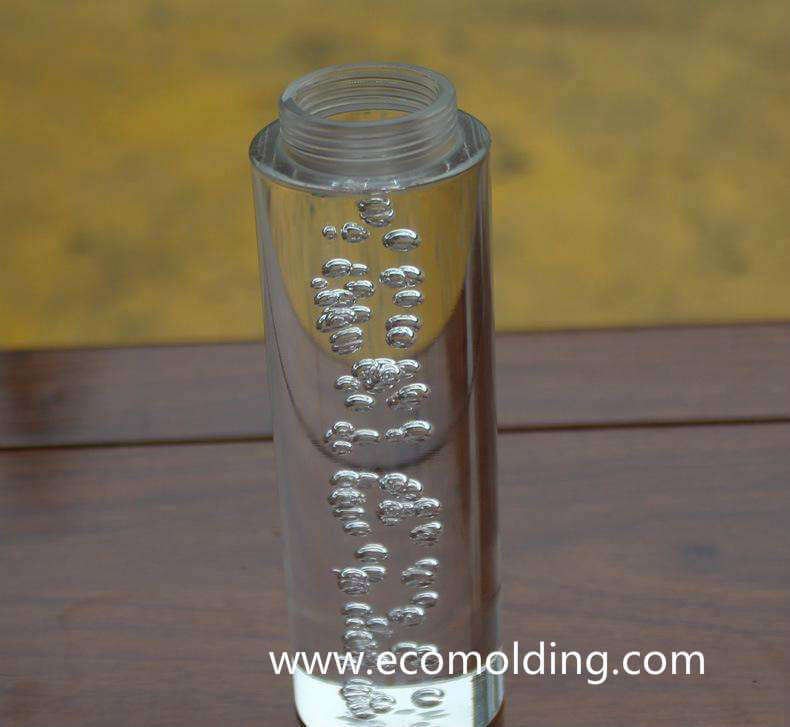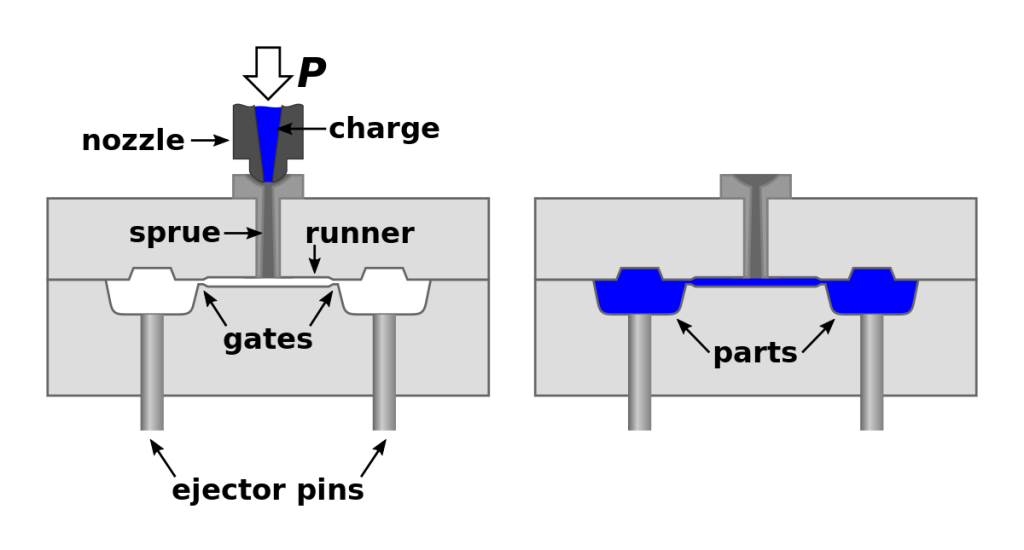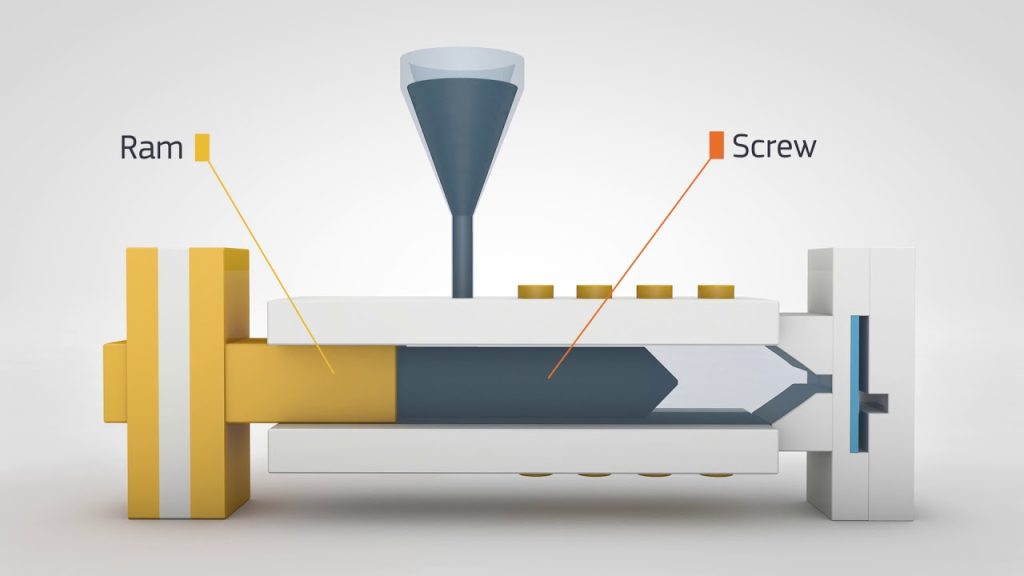Table of Contents
- What Causes Bubbles in Plastic Injection Molding?
- Frequently Asked Questions
- What causes bubbles in plastic injection molding?
- How can bubbles be prevented in plastic injection molding?
- What are the consequences of bubbles in plastic injection molding?
- How can bubbles be removed from plastic injection molded parts?
- What are some best practices for preventing bubbles in plastic injection molding?
Plastic injection molding is a widely used manufacturing process that involves injecting molten plastic into a mold to create a variety of products. However, despite its efficiency, this process is not immune to defects, and one of the most common issues that can arise is the formation of bubbles in the plastic.
These bubbles can affect the quality and strength of the final product, which is why it is essential to understand their causes and how to prevent them. In this article, we will delve into the various factors that can contribute to bubble formation in plastic injection molding and explore the steps manufacturers can take to avoid this problem.
Bubbles in plastic injection molding are caused by trapped air or gas pockets in the mold cavity. This can occur due to improper venting or inadequate pressure in the mold. Other factors that contribute to the formation of bubbles include overheating of the plastic material and incorrect injection speed or pressure. Proper mold design and maintenance, as well as careful monitoring of temperature and pressure, can help prevent the formation of bubbles in plastic injection molding.
What Causes Bubbles in Plastic Injection Molding?
Plastic injection molding is a widely used manufacturing process that involves injecting molten plastic into a mold cavity to create a wide range of plastic parts and products. However, sometimes, the resulting plastic parts may have visible bubbles on their surface, which can affect their appearance and performance. In this article, we’ll explore the common causes of bubbles in plastic injection molding and how to prevent them.
1. Moisture in the Plastic Resin
Moisture is one of the most common causes of bubbles in plastic injection molding. When the plastic resin contains moisture, it can vaporize during the molding process and create bubbles on the surface of the part. To prevent this, it’s important to dry the plastic resin before molding. The drying time and temperature will depend on the type of resin used. Most resins require drying at temperatures between 160°F and 180°F for several hours.
Another way to prevent moisture-related bubbles is to use a dehumidifying dryer. This type of dryer removes moisture from the air and the plastic resin, ensuring that the molding process is free from moisture-related issues.
2. Air Traps in the Mold
Air traps in the mold can also cause bubbles in plastic injection molding. These air traps can occur when the mold design doesn’t allow air to escape during the molding process, resulting in trapped air pockets in the plastic part. To prevent air traps, it’s important to design the mold with proper venting channels that allow air to escape.
3. Inadequate Injection Pressure
Inadequate injection pressure can cause bubbles in plastic injection molding. When the injection pressure is too low, the plastic material doesn’t fill the mold completely, resulting in air pockets and bubbles. To prevent this, it’s important to use the recommended injection pressure for the specific resin and mold used.
4. Inconsistent Cooling
Inconsistent cooling can also cause bubbles in plastic injection molding. When the plastic part cools unevenly, it can create internal stresses, which can cause bubbles and other defects. To prevent this, it’s important to ensure consistent cooling throughout the molding process. This can be achieved by using a mold temperature controller that maintains a consistent temperature throughout the mold.
5. Contamination in the Resin
Contamination in the plastic resin can also cause bubbles in plastic injection molding. Contamination can occur when foreign particles or impurities are introduced into the plastic material, which can cause bubbles and other defects. To prevent this, it’s important to use clean and high-quality plastic resin from a reliable supplier.
6. Improper Injection Speed
Improper injection speed can also cause bubbles in plastic injection molding. When the injection speed is too high or too low, it can result in incomplete filling of the mold cavity, which can cause bubbles and other defects. To prevent this, it’s important to use the recommended injection speed for the specific resin and mold used.
7. Insufficient Cooling Time
Insufficient cooling time can also cause bubbles in plastic injection molding. When the plastic part is ejected from the mold too soon, it may not have had enough time to cool and solidify properly, resulting in bubbles and other defects. To prevent this, it’s important to allow sufficient cooling time before ejecting the plastic part from the mold.
8. Mold Temperature Too High
Mold temperature that is too high can cause bubbles in plastic injection molding. When the mold temperature is too high, it can cause the plastic material to break down and release gases, resulting in bubbles and other defects. To prevent this, it’s important to use the recommended mold temperature for the specific resin and mold used.
9. Mold Material and Design
The mold material and design can also cause bubbles in plastic injection molding. When the mold material is not suitable for the resin used or the mold design is not optimized for the specific part, it can cause bubbles and other defects. To prevent this, it’s important to use a mold material that is suitable for the resin used and design the mold properly for the specific part.
10. Operator Error
Lastly, operator error can cause bubbles in plastic injection molding. When the operator doesn’t follow the proper procedures or makes mistakes during the molding process, it can cause bubbles and other defects. To prevent this, it’s important to train operators properly and ensure that they follow the recommended procedures for the specific resin and mold used.
In conclusion, bubbles in plastic injection molding can be caused by various factors, including moisture in the plastic resin, air traps in the mold, inadequate injection pressure, inconsistent cooling, contamination in the resin, improper injection speed, insufficient cooling time, mold temperature too high, mold material and design, and operator error. By understanding these factors and taking the necessary precautions, manufacturers can produce high-quality plastic parts and products that are free from bubbles and other defects.
Frequently Asked Questions
Plastic injection molding is a complex process, and it’s natural to have questions about it. One common problem that arises during plastic injection molding is the formation of bubbles. In this article, we’ll explore some of the most frequently asked questions about what causes bubbles in plastic injection molding.
What causes bubbles in plastic injection molding?
Bubbles are a common problem in plastic injection molding, and they can be caused by a variety of factors. One of the most common causes of bubbles is trapped air in the mold cavity or in the plastic material itself. When the plastic material is injected into the mold cavity, the trapped air can become compressed and form bubbles. This can be exacerbated if the mold is not properly vented, which can lead to a buildup of pressure and further compression of the trapped air.
Another common cause of bubbles is moisture in the plastic material. Moisture can become trapped in the plastic pellets or resin, and when the material is heated during the injection molding process, the moisture can turn into steam and form bubbles. To prevent this, it’s important to properly dry the plastic material before it is used in the injection molding process.
How can bubbles be prevented in plastic injection molding?
Preventing bubbles in plastic injection molding requires careful attention to several factors. First, it’s important to properly design the mold with vents that allow air to escape from the mold cavity. This will help prevent the buildup of pressure and reduce the likelihood of trapped air forming bubbles.
Second, it’s important to properly dry the plastic material before it is used in the injection molding process. This can be done by using a desiccant dryer or other drying equipment to remove any moisture from the material.
What are the consequences of bubbles in plastic injection molding?
Bubbles can have several negative consequences in plastic injection molding. First, they can cause cosmetic defects in the finished product, such as small voids or blemishes on the surface of the part. Additionally, bubbles can weaken the structural integrity of the part, making it more prone to cracking or breaking under stress.
In some cases, bubbles can also affect the dimensional accuracy of the part, leading to variations in size or shape that can compromise its functionality. For these reasons, it’s important to take steps to prevent bubbles from forming in the injection molding process.
How can bubbles be removed from plastic injection molded parts?
If bubbles do form in plastic injection molded parts, there are a few ways they can be removed. One common method is to use a vacuum to suck the air out of the part through a small hole or channel. This can be done either during or after the injection molding process, depending on the type of equipment being used.
Another method is to use a pressure pot to force the bubbles to the surface of the part, where they can be easily removed. This method is particularly effective for larger parts or those with complex shapes that may be difficult to remove bubbles from using a vacuum.
What are some best practices for preventing bubbles in plastic injection molding?
There are several best practices that can help prevent bubbles from forming during plastic injection molding. First, it’s important to properly design the mold with vents that allow air to escape from the mold cavity. This will help prevent the buildup of pressure and reduce the likelihood of trapped air forming bubbles.
Second, it’s important to properly dry the plastic material before it is used in the injection molding process. This can be done by using a desiccant dryer or other drying equipment to remove any moisture from the material.
Finally, it’s important to carefully monitor the injection molding process to ensure that the correct temperature, pressure, and other variables are being used. This can help prevent the formation of bubbles and ensure that the finished product meets the desired specifications.
In conclusion, bubbles in plastic injection molding can be caused by a variety of factors. Firstly, the presence of moisture in the plastic material can contribute to the formation of bubbles during the molding process. Secondly, inadequate venting in the mold can lead to trapped air pockets, which can also cause bubbles in the finished product. Lastly, excessive temperatures or pressures during the molding process can cause the plastic to break down, forming bubbles as a result.
It is important to identify the root cause of bubble formation in plastic injection molding in order to prevent it from happening in the future. This can be achieved through careful analysis of the molding process, including temperature, pressure, and moisture levels. By addressing these factors, it is possible to reduce or eliminate the occurrence of bubbles in plastic injection molding, resulting in a higher quality finished product.
In summary, while bubbles in plastic injection molding can be a frustrating issue, it is a problem that can be solved through careful analysis and attention to detail. By identifying and addressing the root cause of bubble formation, it is possible to produce high-quality plastic products that meet the needs of customers and clients alike.
Request a quote today!
[contact-form-7 id="1578" title="Contact form"]
Please compress the file into a ZIP or RAR file before uploading. Alternatively, send through your RFQ by email.
enquires@unitymanufacture.com





